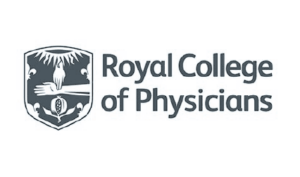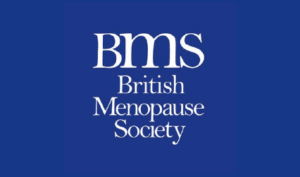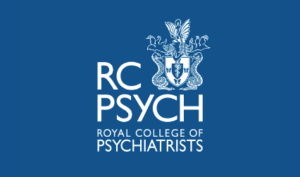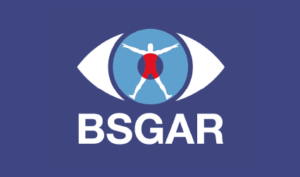At House of Health, we understand that chronic headaches and migraines can severely affect your quality of life. These conditions are often complex, requiring more than just a quick consultation.
While cutting-edge treatments remain difficult to access through the NHS, our clinic offers immediate access to advanced therapies including:
Led by Dr. Katy Kyprainou, our specialised service provides comprehensive consultations and personalised treatment plans for even the most persistent headache disorders. Don’t let chronic headaches control your life any longer! Experience our bespoke approach to migraine management with treatment plans tailored to your specific needs and symptoms.

When you visit House of Health for headache or migraine treatment, you can expect a thorough, patient-centred approach designed to address your specific condition.
Your first appointment with Dr. Katy Kyprainou will include:
A detailed review of your headache history, symptoms, triggers, and previous treatments.
To rule out underlying conditions and confirm diagnosis.
Time to ask questions and express concerns about your condition.
Collaborative development of your customised treatment strategy.
Quick, minimally invasive procedures performed in our comfortable clinical setting.
Precisely administered by Dr. Kyprainou to target nerve pathways
Administered according to the latest clinical protocols with careful monitoring
Your journey doesn’t end after initial treatment. We provide:
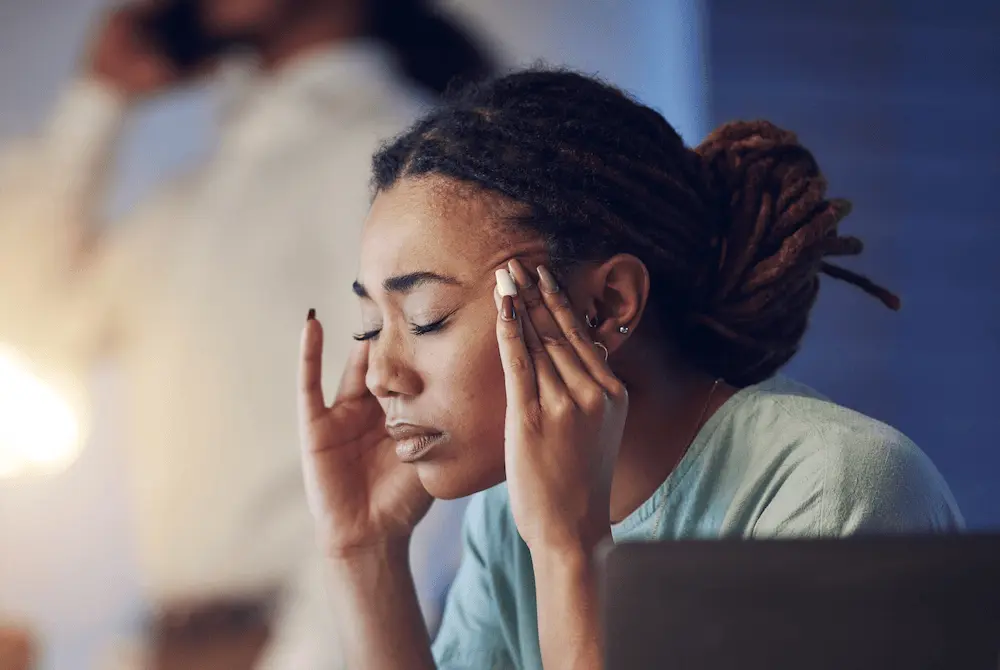
At House of Health, we understand that chronic headaches and migraines can severely affect your quality of life.
These conditions are often complex, requiring more than just a quick consultation. At the moment, getting cutting edge treatments on the NHS are difficult. At House of Health we offer Migraine injections, greater occipital nerve injections and offer newer treatments such as CGRP monoclonal antibodies that have a fantastic response to migraine.
At House of Health, Dr Katy Kyprainou leads this service and offers advanced treatments and consultations for headache and migraine without delay.
Our services are tailored to diagnose and treat even the most stubborn headache and migraines, ensuring a treatment plan that works for

This is the commonest type of migraine.
We regard ‘aura’ as a warning for migraine. This can be in the form of visual disturbance (flashing lights, blind spots or other). In migraine without aura, there is no warning sign for the migraine.
Symptoms
Lifestyle changes:
This can involve sleep hygiene, dietary advice, exercise, hydration and supplementation.
Affects 1 in 3 individuals experiencing migraine.
Symptoms:
Aura as above.The auras typically occur prior to a headache. In some people the headache may not happen.
Auras develop from 5 minutes to 60 minutes.
Auras are usually visual (blind spots, zig zag lines, coloured spots/lines etc) but can be speech and cognitive (e.g. disorientation, brain fog and confusion).
Sensory aura can be tingling in parts of the body, numbness/alterned sensation, motor aura is muscle weakness and vestibular aura is usually vertigo/dizzy spells.
Symptoms
At least two of the following:
Causes:
These attacks can be triggered by certain environmental or other triggers.
Symptoms
Patients experience a temporary weakness on one side as part of the attack.
The weakness may be in addition to other auras (visual, sensory, cognitive, vestibular)
These are often scary as may resemble a stroke. The weakness can last from one hour to a few days, but usually settles within 24 hours. A headache may follow, occur before it or not at all.
Experiencing headache for 15 days per month or more, with 8 of those having migraine symptoms, for 3 months or longer.
Causes:
There are a number of medical conditions that can increase your tendency to have migraine. These include:
Fibromyalgia
Sleep apnoea
High blood pressure
Pain relief medication overuse: 2/3rds of individuals with chronic migraine experience medication overuse headache where the acute abortive regime e.g. triptans or over the counter medication are taken above the recommended days per month in which case they start to cause headache rather than treat it.
Hormonal changes e.g. perimenopause
For this type patients experience a mix of vertigo, dizziness or balance difficulties alongside other migraine symptoms.
Symptoms
Migraine is usually associated with a range of typical symptoms alongside headache including:
Nausea and /or vomiting
Sound, movement and / or light sensitivity
Additionally other symptoms involved are:
Smell sensitivity
Vertigo
light or head touch exposure causing discomfort (allodynia)
Some patients experience just the vertigo symptoms without the pain. Vestibular migraine to be diagnosed migraine headache should be present for certain of those attacks.
Diagnosis
According to the ICHD-3 the diagnosis of vestibular migraine requires:
at least five episodes
a history of current or past migraine attacks
vertigo/dizzy spells lasting between 5 minutes and 72 hours
Headache or other migraine symptoms in >=50% of those episodes
A significant portion of women state that bleeding is a trigger for their attacks.
Cause:
The drop in oestrogen levels before your bleeding starts is linked to this type of migraine. Women with heavy and painful bleeds have higher levels of prostaglandin, which plays a role in migraine development, so managing these levels may help.
Diagnosis:
An attack occurs from two days before and up to three days into menstruation, in at least two out of three consecutive cycles.
Attacks are predictable and regular as they take place in a time cycle of several weeks.
Symptoms
Nausea and/or vomiting
From 1 hour to 10 days in a row
Each cluster is at least a week apart and usually occur at the same time of the day, week, or month
Feeling normal between clusters
Symptoms
abdominal pain that lasts from 2-72 hours
nausea and/or vomiting during attack
no headache involved
normal self between attacks
Its most common cause is stress.
Symptoms
Tight pressure band like sensation around the head
May involve the neck and shoulders
Duration of 30 minutes to days
It has the potential to become chronic in which case it can be debilitating
Cluster headache is extremely painful. It’s rare; approximately 1 in 1000 people have it. It is more common in men than women and mainly affects individuals in their 30s and 40s (but can affect any age).
The main symptom is an excruciating headache on one-side of the head, often around the eye. It occurs in clusters.
Symptoms
Severe pain which comes on very quickly, with no warning and involves one side of the head but can change sides. It usually occurs around the eye. It causes agitation and restlessness. People often pace, rock back and forth and may hold their head in agony.
one or more of the symptoms below may be experienced during the attack:
red or streaming eye
drooping or swelling of the eyelid
a smaller pupil than normal
sweaty red hot face
blocked or streaming nose
They last from 15 minutes to three hours. Patients may have up to 8 attacks a day.
Attacks tend to occur around the same time of day as well as month of the year and can be closely linked to alcohol intake leading to an attack within 60 minutes of the drink.
Cluster headache tends to improve with advancing age, with patients experiencing less frequency and longer remission periods.
Tends to start during the exercise or within 30 minutes of stopping. It is of sudden onset and can last between minutes to under a day. It is of pulsating character usually. It can affect one or both sides of the head. It can be associated with nausea, vomiting
Can be associated with nausea, vomiting, light or sound sensitivity
Factors such as exercising in heat, high humidity, high altitude, poor nutrition, caffeine use and alcohol use may be triggers.
Symptoms of cardiac cephalalgia
Patients with coronary artery disease, such as angina or heart attacks, may experience headache associated to exertion such as walking, and that resolve upon resting.
This headache is normally over the back of head/occiput. May be associated with chest/neck/arm discomfort, breathlessness, dizziness, nausea and sweating, similar to angina. Migraine symptoms such as aura, light and sound sensitivity do not occur with it.
Your GTN spray can help relieve the discomfort.
Occurs during sleep and wakes one up like an ‘alarm clock’ hence the second name alarm clock headache. Common in patients over the age of 60 and more common in females.
Symptoms
Headache described as dull, throbbing, pulsating, stabbing or burning which wakes one up. It can occur on both or one side of the head and can last from 15 minutes to 4 hours. It can occur 1-3 times per night.
It may be associated with watery eyes, eyelid droop or a blocked nose. May also be associated with nausea, light and sound sensitivity.
Diagnosis
The official diagnostic criteria for hypnic headache include:
Recurrent headache waking one up from sleep
Experienced on > 10 nights per month for over 3 months lasting 15 minutes to 4 hours
Hemicrania continua describes a continuous on sided pain.
Symptoms
Pain plus associated symptoms such as eye-watering and redness, streaming and or blocked nose and /or eye lid drooping. These are on same side as headache
Nausea, vomiting, light sound or smell sensitivity
Diagnosis
Trialling Indometacin NSAID oral medicine helps diagnosing it as responders confirm diagnosis. Preventative options may be used as with other migraine disorders.
Also known as acute mountain sickness.
Symptoms
Bilateral headache at altitudes about 8500 feet and this escalates with climbing higher, bend over, cough or Valsalva or exertion.
Causes
At high elevation there is usually less oxygen in the air and so the body has less oxygen available to nourish the organs requiring it. This can lead to hypoxia
How can you prevent high altitude headache?
Allowing the body to adjust to heights is vital. If planning to climb altitudes over 8500 feet do so slowly and no more than 1600 feet per day. Hydration, carbohydrate nourishment and breaks are key. Avoid smoking and alcohol.
£250
£250
£650/session
£499









